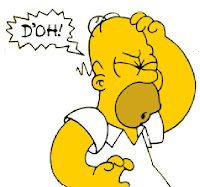This concept is still around today. For instance, Chess Assistant uses a CAP (Computer Analysis Project) value. The CAP data numbers give the computer's evaluation regarding the position that tells you when a move is good or bad. The Fritz opening book also displays a move's success rate as a percentage. The disadvantage is the same as for Charts. Openings are constantly changing plus you don't know what games were included.
GM Arthur Bisguier observed that in the Bluebook of Charts there were some surprises. For example, the Grob Attack (1.g4) had a success rate of 77 percent and the Orangutan (1.b4) won 68 percent of the time. Neither of these openings is highly regarded and their success is probably due to their shock value and the fact that many of the games were played by lower rated players. Still, back in 1980 the game Karpov - Miles opened 1.e4 a6 2.d4 b5 (the St. George) and Miles won. So, as Bisguier observed, unorthodox openings must be taken seriously!
Chess Opening Explorer shows that based on 192 games with the opening 1.h4, white wins 33.9 percent and loses 41.1 percent with 25 percent of the games being drawn. For the opening moves in this game (1.e4 d6 2.h4) white scores quite well: 50 percent wins, 25 percent lost and 25 percent drawn. Of course, that's only based on four games, with only two (a loss and a draw) played by masters.
The following online game was played at G15 and I should have lost thanks to all the blunders I made, but as Tartakower put it, “The winner of the game is the player who makes the next-to-last mistake.” That shouldn't be surprising because it was a typical amateur game. But, just how many tactical mistakes there were surprised me when looking at the game with an engine; Stockfish found some tactics that were quite deep. Also, several positions had unbalanced material and even though Stockfish was giving one side a huge plus, for those of us who are rating challenged the game could have gone either way.


No comments:
Post a Comment